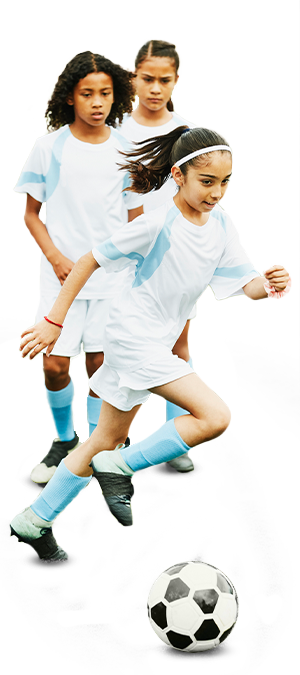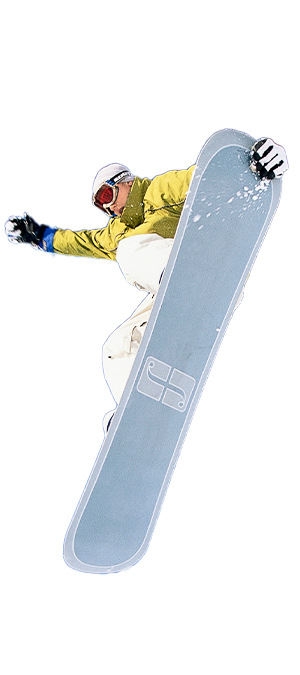FROM the CEO
FILLING A NEED FOR REFORM
The U.S. Center for SafeSport was created to address and prevent abuse and misconduct in the U.S. Olympic and Paralympic Movement, and to transform athletic culture so every athlete is safe, supported, and strengthened.
By the time the Center opened in March 2017, it was clear that reform was necessary at every level.
People such as Larry Nassar, the USA Gymnastics doctor who abused hundreds in his care, had been using power and influence to act in wrong and damaging ways. He was the tip of an iceberg of individuals across sport whose destructive actions provoked too little consequence. Though Nassar himself was brought to justice when brave individuals brought their traumatic experiences forward, countless survivors of abuse across and beyond the U.S. Olympic and Paralympic Movement have borne scars and burdens in silence.
One reason for this silence was the inability of many institutions to successfully respond to and prevent abuse. With over 50 sport National Governing Bodies (NGBs) regulating policies and managing cases independently, execution of abuse reporting, response, and prevention was inconsistent and often ineffective. Key information on individuals sanctioned from sport was not centrally managed, or sometimes available at all. Sport organizations lacked specialized in-house expertise or resources needed to manage sexual misconduct reports properly.
Systems-level impediments also existed, including narrow statutes of limitations that kept many cases from remedy within the Movement or in criminal or civil justice systems. The claims of many abuse survivors could not be addressed by NGBs or even in America’s courts. Sport organizations did not effectively exercise authority over abuse prevention and response activities, with many prioritizing money and medals over the safety of millions of athletes.
To solve these problems, the U.S. Center for SafeSport would need:
- An independent mandate, authorized at America’s highest levels and enshrined in federal law
- To protect athletes at all levels from abuse and misconduct
- And ensure accountability of individuals and institutions to appropriate safety standards
- Effectively, with sufficient personnel and resources to execute best practices without undue obstacles
- And transparently, so athlete safety policies and actions can be well known and widely understood
Transparency is a driver of this report, in which we outline our impact and progress toward ending abuse in sport.
Five years later, we see promising indicators of positive change among individuals, organizations, and throughout the sport landscape. However, the rise in abuse and misconduct reported suggests that universal adoption and understanding of SafeSport principles must be a higher priority in every sport, on every court.
We invite you to read our report and join our journey.
Ju’Riese Colón, U.S. Center for SafeSport CEO

The U.S. Center for SafeSport was created to address and prevent abuse and misconduct in the U.S. Olympic and Paralympic Movement, and to transform athletic culture so every athlete is safe, supported, and strengthened.
By the time the Center opened in March 2017, it was clear that reform was necessary at every level.
People such as Larry Nassar, the USA Gymnastics doctor who abused hundreds in his care, had been using power and influence to act in wrong and damaging ways. He was the tip of an iceberg of individuals across sport whose destructive actions provoked too little consequence. Though Nassar himself was brought to justice when brave individuals brought their traumatic experiences forward, countless survivors of abuse across and beyond the U.S. Olympic and Paralympic Movement have borne scars and burdens in silence.
One reason for this silence was the inability of many institutions to successfully respond to and prevent abuse. With over 50 sport National Governing Bodies (NGBs) regulating policies and managing cases independently, execution of abuse reporting, response, and prevention was inconsistent and often ineffective. Key information on individuals sanctioned from sport was not centrally managed, or sometimes available at all. Sport organizations lacked specialized in-house expertise or resources needed to manage sexual misconduct reports properly.
Systems-level impediments also existed, including narrow statutes of limitations that kept many cases from remedy within the Movement or in criminal or civil justice systems. The claims of many abuse survivors could not be addressed by NGBs or even in America’s courts. Sport organizations did not effectively exercise authority over abuse prevention and response activities, with many prioritizing money and medals over the safety of millions of athletes.
To solve these problems, the U.S. Center for SafeSport would need:
- An independent mandate, authorized at America’s highest levels and enshrined in federal law
- To protect athletes at all levels from abuse and misconduct
- And ensure accountability of individuals and institutions to appropriate safety standards
- Effectively, with sufficient personnel and resources to execute best practices without undue obstacles
- And transparently, so athlete safety policies and actions can be well known and widely understood
Transparency is a driver of this report, in which we outline our impact and progress toward ending abuse in sport.
Five years later, we see promising indicators of positive change among individuals, organizations, and throughout the sport landscape. However, the rise in abuse and misconduct reported suggests that universal adoption and understanding of SafeSport principles must be a higher priority in every sport, on every court.
We invite you to read our report and join our journey.
Ju’Riese Colón, U.S. Center for SafeSport CEO

FILLING GAPS
Increasing alignment of policies and PROCESSES
When Congress passed the Safe Sport Authorization Act1, it codified our position as the nation’s independent safe sport organization, and our authority related to abuse and misconduct training, prevention, and response and resolution in the U.S. Olympic and Paralympic Movement.
By then, the Center already had been building a robust framework to address gaps and inconsistencies in the patchwork quilt of abuse prevention policies and activities across over 50 NGBs—42 of whom (plus the USOPC) in 2017 were found noncompliant with athlete safety standards.2
We had been standardizing sexual abuse and misconduct definitions and consequences, prohibited behaviors and prevention lapses, and who would be subject to SafeSport policies. We were working to ensure this newly aligned information could be applied, enforced, trained upon, and communicated across the Movement—not only at national and elite levels, but to clubs and teams in local communities.
To support our consistent enforcement and reinforcement, we published core policies all U.S. Olympic and Paralympic organizations must follow:
- • The SafeSport Code, which since March 2017 has defined prohibited behaviors and processes for responding to and resolving abuse and misconduct reports affecting the Movement
- • The Minor Athlete Abuse Prevention Policies (MAAPP), which since 2019 has required limitations on one-on-one adult/minor interactions, as well as numerous operations and training activities—including a SafeSport® Core Trained course required (with annual refreshers) for qualifying Movement adults
We strengthened established mandatory reporting requirements that compel Adult Participants3 in the Movement to immediately and appropriately report allegations or reasonable suspicion of child abuse and child sexual abuse.
To better understand the problems we face, we have begun to collect standardized data from a working group on emotional and physical abuse and misconduct reports NGBs receive and their resolutions. This data not only will increase transparency and resource optimization, it also will fill knowledge gaps regarding the scope of emotional and physical misconduct across the Movement.
We created a Centralized Disciplinary Database (CDD) listing more than 1,6004 adults in the Movement restricted from sport participation, including some historical NGB sanctions, so parents, athletes, and others can know who presents risk to the sport community.
While our work involves frequent dialogue with stakeholders across the Movement to help new requirements take root, we operate with total independence from Olympic and Paralympic organizations to support fairness and neutrality and safeguard against inappropriate influence.
The 2020 passage of the Empowering Olympic, Paralympic, and Amateur Athletes Act fortified our ability to operate independently, with firewalls that prohibit NGB/USOPC interference or SafeSport personnel conflicts of interest, and with requirement of an annual allocation of funds directed toward Center operations—based not on USOPC or NGB discretion, but by legal mandate.
An annual review of the Center by the U.S. Government Accountability Office5 in 2021 reported “no evidence of conflict of interest… interference, or influence,” affirming our independence and reinforcing that we are influenced only by our goal of ending abuse in sport.
KEY U.S. CENTER FOR SAFESPORT MILESTONES
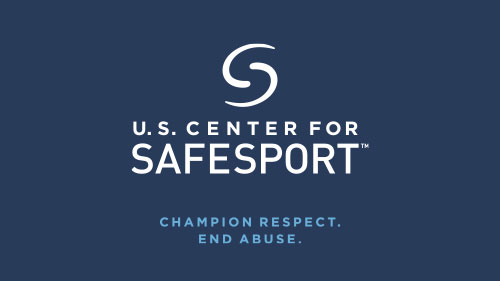
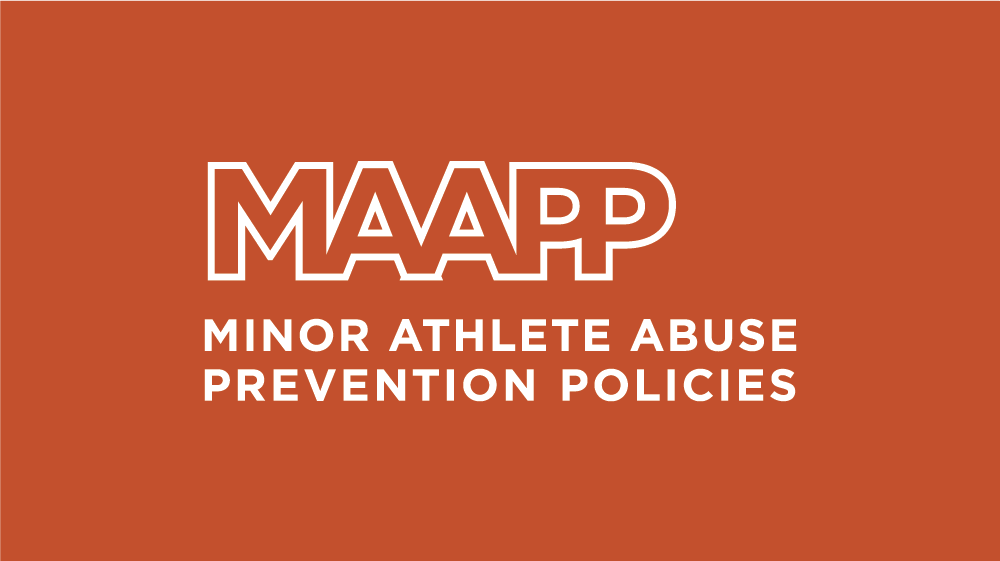
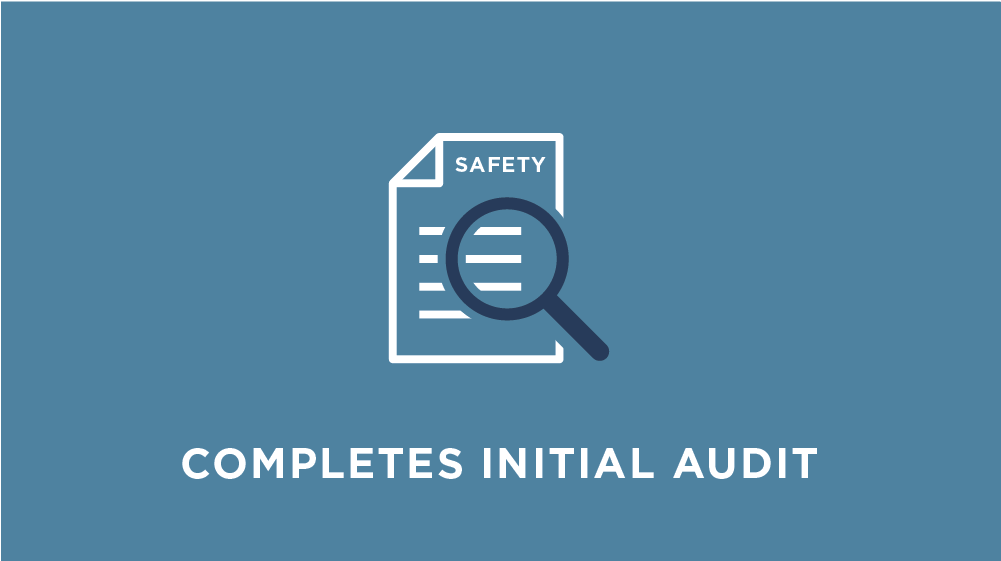
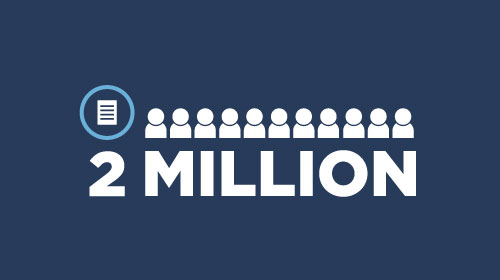
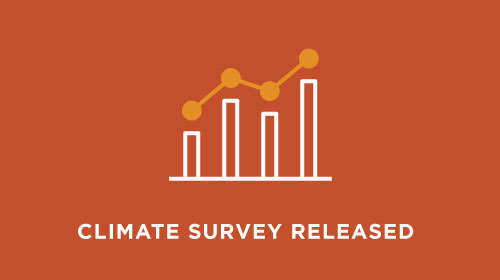
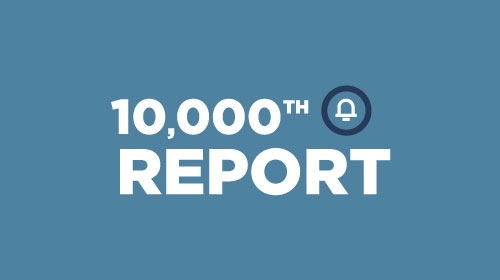
resolving reports
We've provided fair resolutions and made it easier to report abuse
In the 10 months after the Center opened in March 2017, we received roughly 30 reports of abuse or misconduct a month: a significant volume for the one full-time investigator we employed our first five months. Yet in 2018, the volume of reports spiked over 500% as the public became more aware of our role: even then, the Center only staffed a handful of investigators.
In opening a spigot long closed, we recognized factors that had long hushed abuse survivors. Reporting has traditionally been fraught and intimidating. Ninety-three percent of U.S. athlete surveyees who experienced sexual harassment or unwanted sexual contact did not file a formal report of it.6
Make no mistake—Reporting a traumatic incident remains a brave act, and those who come forward help immeasurably in bringing abusers to account. So from the outset, we needed to provide a safe, easy-to-access portal to allow athletes and others to confidentially report abuse and misconduct.
In five years we’ve received over 10,000 abuse and misconduct reports through the Center’s online reporting portal, and we now require NGBs to maintain easy-to-find mechanisms for reporting sexual abuse and misconduct to the Center, and emotional and physical misconduct to NGBs for their resolution.
We’ve also taken reports by phone (at 833-5US-SAFE) and provided 24/7 access to a SafeSport Helpline, hosted by RAINN7, that has fielded more than 3,400 calls and 350 chats since August 2017. We also employ an in-house Resource & Process Advisor, available to all investigation process participants at any stage, who in 2021 fielded more than 1,700 calls for help with process navigation and referrals.
We increased our Response & Resolution staff, whose 55 team members now include 10 intake personnel and 38 investigative division members. Our investigators average over 15 years of related experience in federal, military, and local law enforcement, as prosecutors and defense investigators, and in child protective services, sex crimes units, Title IX departments, and other relevant roles. Center investigators have interviewed more than 22,000 claimants, respondents, and witnesses since inception, using trauma-informed principles to support respectful dialogue on difficult topics.
Our investigators have worked to reduce what was a significant case backlog8 caused by high report volume and then-short staffing. In 2021, we sharply increased (by 85%) resolutions of formal investigations, the most labor-intensive case category. We reduced resolution times for nearly all types of cases, and partnered regularly with law enforcement on criminal cases. In all, we resolved 2,853 reports in 2021, a figure that has increased over 19% each year since we opened.
This progress, and our bolstered resources and staffing to sustain it, can increase athlete confidence that early reports of Center case processing delays are greatly mitigated, even as we give complex case investigations the full depth of review they deserve, and checks and balances of fair and due process are available to all (including independent arbitration for respondents who choose to challenge Center decisions and measures).
Through our resolution process, we have sanctioned more than 1,200 individuals, nearly 300 of whom are now permanently ineligible from sport across the Movement. We have provided unique remedy for many reports based on abuse and misconduct alleged to occur before the Center opened (cases law enforcement often can’t address due to statutes of limitations or differing standards of proof).
Our work to make athletes feel safer is not nearly done, as evidenced by the record 3,708 reports received in 2021, up 1,000+% from 2017 and 60% from just last year.
As we receive more reporting and resolution data from NGBs in coming years, we expect thousands more emotional and physical misconduct cases in the Movement to add further to existing report volume of damaging behavior inflicted on athletes. Investigation and sanctions alone cannot eliminate this behavior, so other important Center activities must educate against and prevent it.
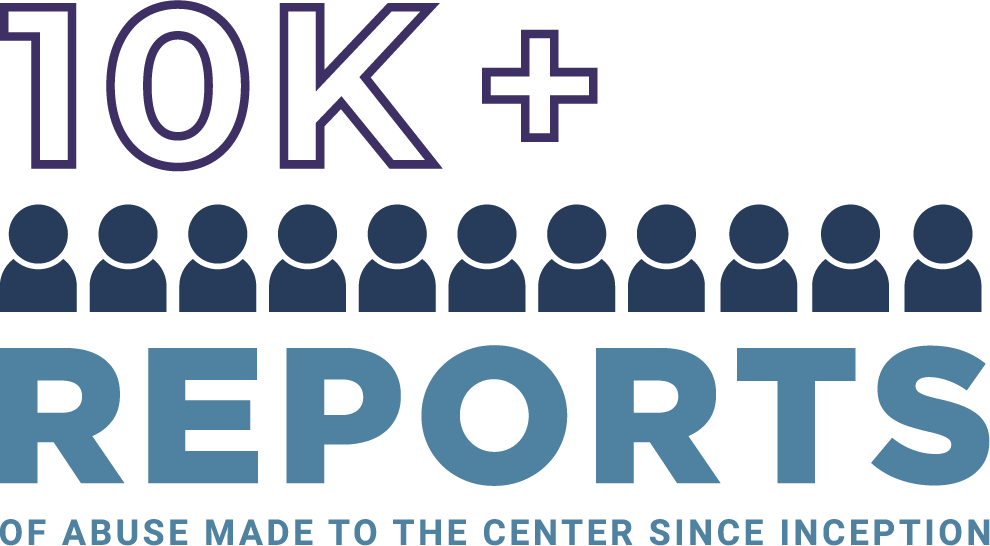
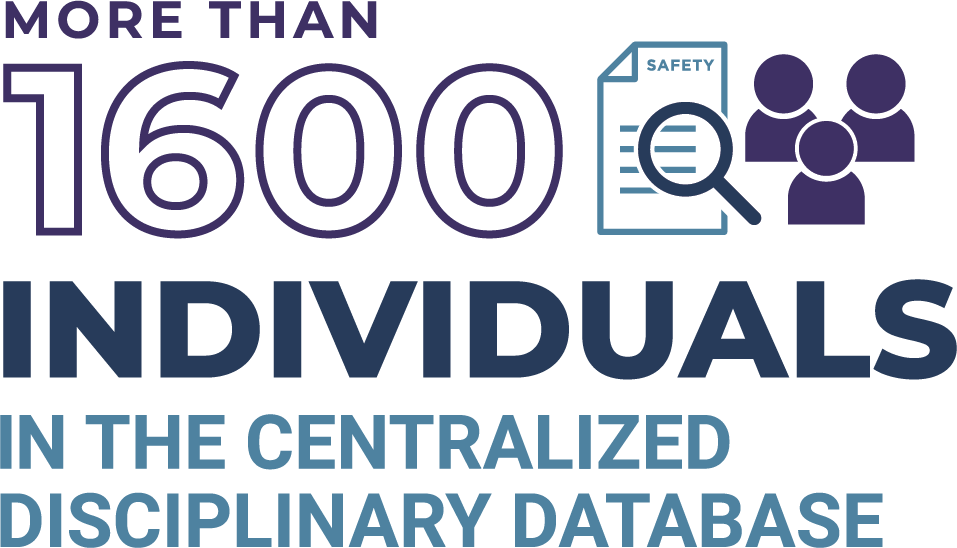
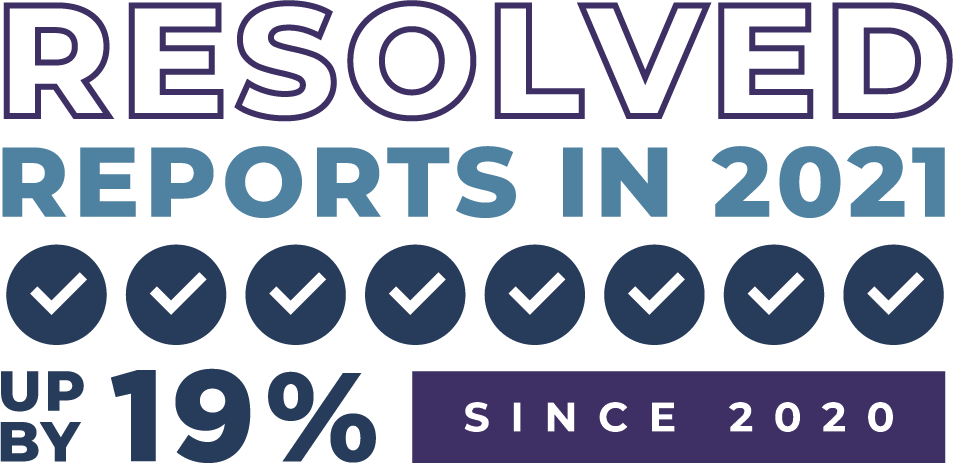
TOTAL REPORTS
in 2017
281
in 2021
3,708
ENFORCING POLICY
WE'VE EXECUTED AUDITS TO ENSURE ACCOUNTABILITY
The behavior of people is guided and reinforced by the behavior of organizations.
Before the U.S. Center for SafeSport began its watchdog role, USOPC oversight of NGB abuse prevention activities was inconsistent at best. They did not regularly audit or hold NGBs or their local affiliated organizations to athlete safety policies. Many organizations allowed some activities (such as interactions without appropriate supervision or parental consent) that led to environments in which abuse or misconduct could occur.
Early on, we set up a central audit and compliance program to hold U.S. Olympic and Paralympic Movement organizations accountable for safety policies we developed and can enforce, and to help organizations adapt operations as needed to make sport settings safer.
We first audited 51 NGBs in 2019 to learn how well they followed the MAAPP’s Education and Training Policy and Required Prevention Policies. These policies limit one-on-one adult/minor interactions in common circumstances in and around sport such as travel, training tables, locker rooms, and social media. Audits also reviewed whether NGBs communicated athlete safety policies to members and provided clear public ways to report abuse and misconduct.
In all, 34 NGBs were required to implement a total of 92 corrective actions. We worked to ensure they addressed all corrective actions, which they did.
In October 2020, audit and compliance’s centrality to our scope and work was further codified with passage of the Empowering Olympic, Paralympic, and Amateur Athletes Act, though the Center has been executing substantial audit and compliance activities since soon after inception.
Even as the pandemic has impeded travel and operations across the Movement since 2020, in 2021 we audited 54 NGBs—at their headquarters, or at a sanctioned event to assess on-the-ground policy implementation.
Based on 2021 audits, corrective actions have been identified for select NGBs to remediate (which some have done, with some still ongoing as of 12/31/21) within a specified time period. Corrective actions not remedied by deadline can ultimately trigger penalties for an NGB, including in severe cases potential decertification by the USOPC. Our compliance development team has had over 650 direct communications with NGBs to help them fulfill policy requirements and address sport- or setting-specific scenarios.
What does this add up to?
More parent confidence that NGB-sanctioned clubs and competitions in every corner of America must operate based on robust national safeguards, with consequences for violations.
Minor athletes in over 50 Olympic and Paralympic sports can be sure their sport organizations must prohibit adults from having inappropriate one-on-one interactions with them.
And any organization beyond the Olympic and Paralympic Movement may choose to implement their own version of the MAAPP, a comprehensive set of best-practice guidelines that can proactively address common risks young athletes may face.
NGB audits since inception
Corrective
Actions
Based on 2019 initial round of audits, and all corrected by NGBs by end of 2020.
Direct Communications
with NGBs
To help them fulfill policy requirements and address sport- or setting-specific scenarios.
NGB audits since inception
Corrective
Actions
Based on 2019 initial round of audits, and all corrected by NGBs by end of 2020.
Direct Communications
with NGBs
To help them fulfill policy requirements and address sport- or setting-specific scenarios.
preventING ABUSE
WE'VE GROWN AWARENESS OF BEST PRACTICES AND PRIORITIES
Building better sport cultures is an “all-in, always” activity: no one can do it alone. While our mandate is to safeguard Movement athletes, our mission encompasses the nation, and our ambition transcends borders.
We have the ability—and responsibility—to maximize the impact our national platform allows us and be a voice and choice for abuse-prevention guidance in every sport and recreation organization.
One way we do this is by producing best-in-class training to serve varied sport cohorts and purposes.
We’ve produced more than a dozen courses taken nearly 3 million times by athletes, parents, coaches, and more—and they’re available to all at SafeSportTrained.org.
Along with individuals in the Movement required to take SafeSport® Trained Core and refresher courses, over 900 sport and recreation organizations have chosen Center courses to train and benefit their athletes and allies. Eighty-eight percent of SafeSport® Core Training trainees have reported satisfaction with the course, and 92% have told us they felt better prepared to protect young people from misconduct because of the course.
We’ve also provided more than 300 live online or in-person trainings (reaching more than 21,000 individuals) on topics from mandatory reporting to bullying prevention. Our educational offerings are further augmented by nearly 70 abuse prevention resources we have produced, many available at uscenterforsafesport.org.
Supporting athlete safety means we must hear and act on what athletes tell us. So in 2020 we surveyed nearly 4,000 athletes in more than 50 sports—including 151 Olympians and Paralympians—on topics related to abuse and misconduct, and in 2021 published findings reported in outlets ranging from Psychology Today to the London Daily Mail. We will resurvey athletes next year and regularly thereafter to learn how their experiences evolve, and to assess progress and guide actions we and others can take to serve athletes better.
Despite our long road ahead combatting abuse across 50 states, we’re encouraged by groundswells of interest in safe sport operations or policies from advocates beyond our borders. We’ve had dialogue with 15 countries on five continents, and with prominent sport entities such as FIFA, the International Olympic Committee, and the Sport Integrity Global Alliance.
Through emerging partnerships with organizations like Move United, Sports Engine, Major League Baseball, Pop Warner, and Los Angeles Recreation and Parks (with support of the LA ’28 organizing committee), we’re making inroads and connecting with kids and parents who would not otherwise hear of the U.S. Center for SafeSport.
Our target audience is everyone. Because while we can’t always tell who may next cause harm, we also cannot predict from where our children’s next champion might emerge.
We’ve produced more than a dozen courses–available to all at SafeSportTrained.org–taken nearly 3 million times.
We’ve provided 300+ live online or in-person trainings, reaching 21,000+ individuals.
We surveyed nearly 4,000 athletes on the abuse and misconduct landscape–including 151 Olympians and Paralympians.
We’ve had dialogue on safe sport operations or policies with entities in 15 countries on five continents.
We’re reaching parents and young athletes through partnerships with Move United, L.A. Recreation and Parks, Sports Engine and many others.
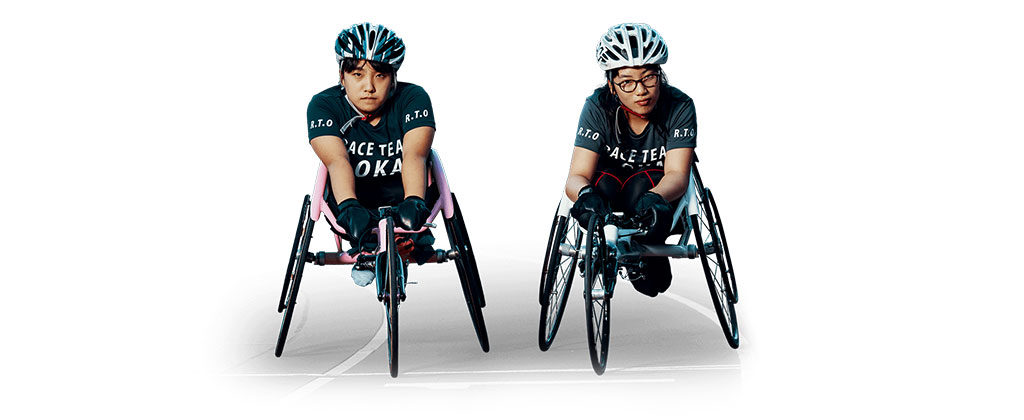
LOOKING AHEAD
OUR IMPACT CAN GROW STILL FURTHER
We’ve outlined ways we’ve moved the needle to improve sport culture and athlete safety. But it is not a magical, nor instant, transformation.
Reports of abuse and misconduct persist at high levels, perhaps suggesting better awareness of banned behaviors or newfound survivor confidence in fair resolutions, but also reflecting inappropriate activity that remains in play today.
Organizations and authorities are better positioned to address athlete concerns, but some still do not fully embrace needed change, while competing priorities challenge athlete safety’s spot atop organizational agendas. Our activities aligning dozens of NGBs are often technical, with nuances that may be missed or overgeneralized in public discourse about our work.
Our behind-the-scenes efforts may not always make for the sharpest headlines, but they do make a difference. Looking ahead, we hope to achieve strategic plan goals including delivering 5 million trainings by the end of 2023, strengthening our athlete engagement, and developing a sanctioning education program.
In righting generational wrongs, we’re committed to the pursuit of zero. Zero incidents of abuse, because everyone in and around sport puts athlete dignity and self-value first. Zero organizations violating policies or loosening their vigilance against misconduct.
We know zero is technically unattainable: the obstacles are embedded not only in sport, but across society. But every prevention, every positive intervention, helps an athlete see sunlight beyond the hurdles.
Every prevention, every positive intervention, helps an athlete see sunlight beyond the hurdles.
Please work and advocate for abuse prevention in your community.
- Get trained through courses and resources available at SafeSportTrained.org.
- Advocate for abuse prevention policies like the MAAPP in your local sport or recreation organization.
- Be a positive bystander and take prompt prudent action in settings where an athlete is at risk.
- If you’re in the Movement, become familiar with the safety policies in your sport, be sure you and colleagues are SafeSport® Trained, and engage your athletes in meaningful dialogue on safety in sport.
THE SIZE OF OUR IMPACT, AND OUR PACE IN PURSUIT OF ZERO, DEPENDS ON YOU.
We will provide regular updates in Our Journey Toward Safer Sport reports in the years to come. Thank you for all you do to help athletes move, compete, and thrive in settings free of abuse.
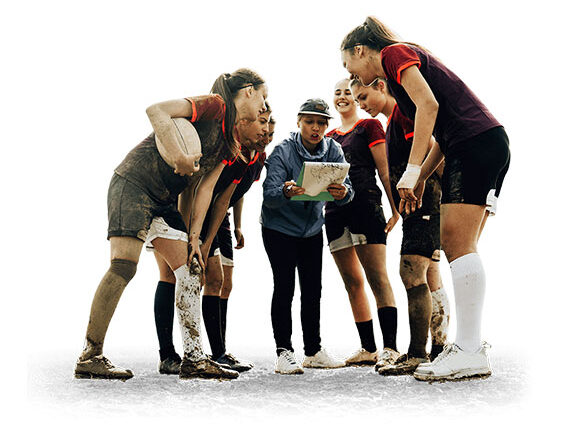
REFERENCES:
[1] The Protecting Young Victims from Sexual Abuse and Safe Sport Authorization Act (its full title) was signed into federal law February 14, 2018.
[2] Finding from October 2017 report of audits by USOPC-commissioned firm Baker Tilly Virchow Krause.
[3] See page 6 of the SafeSport Code for definition of who qualifies as a Participant.
[4] Figures reflecting cumulative data are as of 12/31/21, unless otherwise noted.
[5] The full report, Amateur Athlete Safety: Certification Related to the Independence of the U.S. Center for SafeSport for Fiscal Year 2020, is available here.
[6] From the U.S. Center for SafeSport’s inaugural Athlete Culture & Climate Survey, published July 2021, and available here.
[7] A national anti-sexual-abuse nonprofit.
[8] “Backlog” is defined here as Cases Awaiting Assignment, which declined 57% between 12/31/20 (173) and 12/31/21 (75).
